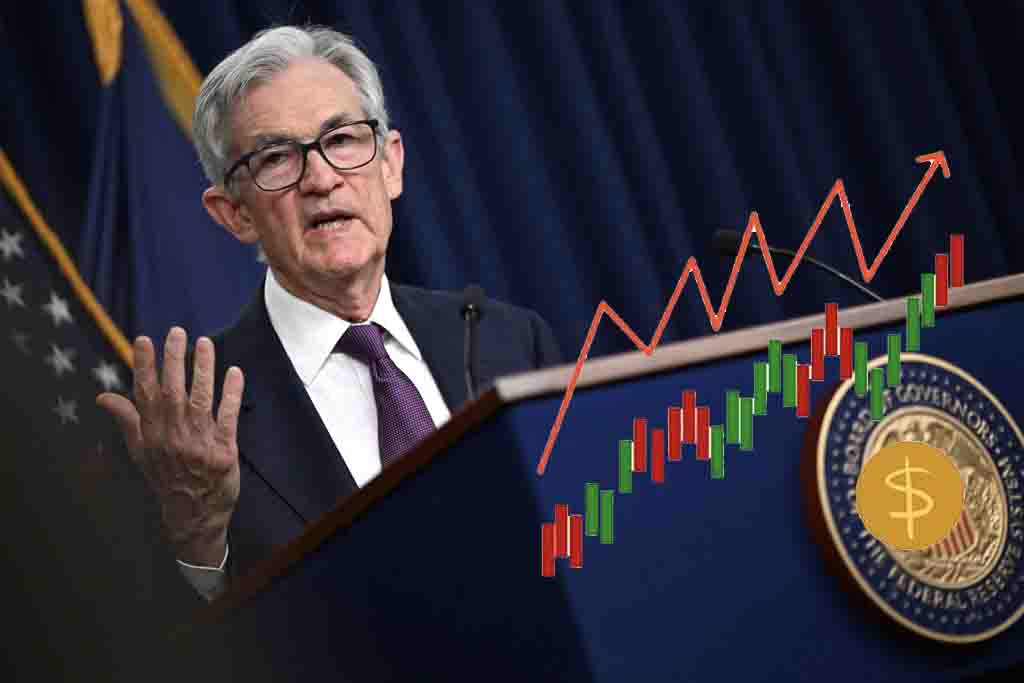Picture this: You’re scrolling through your feed, and bam – another headline about sluggish job growth. It’s not just noise; it’s shaking the foundations of the U.S. economy. Recently, a top Federal Reserve official highlighted how this month’s disappointing jobs report is bolstering the case for not one, but three interest rate cuts. This could be a game-changer for businesses, borrowers, and everyday folks. In this deep dive, we’ll unpack the latest jobs data, explain the Fed’s potential moves, and explore what it all means for 2025’s economic landscape. If you’re wondering how this affects your wallet or investments, you’re in the right place.

Breaking Down the Weak Jobs Report
The July jobs numbers were a gut punch. The Bureau of Labor Statistics reported far fewer new jobs than expected – think around 114,000 instead of the forecasted 175,000. Unemployment ticked up to 4.3%, and revisions to previous months showed even weaker growth. It’s not a recession signal yet, but it’s raising eyebrows.
Fed Vice Chair Michelle Bowman didn’t mince words. She said this data “stiffens support” for multiple rate cuts, echoing concerns from other officials. Why? High interest rates, meant to curb inflation, might now be stifling hiring. Sectors like manufacturing and retail are feeling the pinch, with layoffs creeping up.
I’ve followed economic trends for years, and this feels like a pivot point. Post-pandemic recovery was strong, but lingering issues – supply chain snags, geopolitical tensions – are biting back. The data suggests a cooling labor market, which could ease wage pressures but also slow consumer spending.
Why Rate Cuts Are on the Table – And What They Mean
The Fed’s benchmark rate is at a 23-year high, around 5.25-5.5%. Cuts would lower borrowing costs, stimulating everything from home loans to business expansions. Bowman and others see three quarter-point reductions by year-end, potentially starting in September.
For consumers: Cheaper mortgages and auto loans. If you’re house-hunting, this could be your cue. Credit card rates might dip too, easing debt burdens.
Businesses: Lower rates mean easier access to capital. Small firms, hit hard by high costs, could hire more. But it’s a double-edged sword – if cuts come too late, recession risks rise.
Investors: Stocks often rally on cut expectations, as seen in recent market bounces. But volatility is key; the CME FedWatch tool now shows over 70% odds for a September cut, up from 37% pre-report.
Critics argue cuts could reignite inflation, which is down but not defeated. Bowman counters that the jobs weakness justifies action to prevent a deeper slowdown.
Broader Economic Impacts in 2025
Looking ahead, this could reshape 2025. A softer landing might boost GDP growth to 2-2.5%, but persistent weakness could tip us into stagnation. Industries like tech and green energy might thrive with cheaper funding, while traditional manufacturing struggles.
Global ripples: Lower U.S. rates could weaken the dollar, helping exporters but hurting importers. Emerging markets might see capital inflows.
Personally, I think the Fed’s data-dependent approach is smart. They’re not panicking, but adapting. Remember 2008? Lessons learned – proactive cuts can avert disasters.
Challenges remain: Geopolitical risks, like trade wars, could exacerbate issues. And with elections looming, politics might influence decisions.
Preparing for What’s Next: Tips for Individuals and Businesses
Don’t sit idle. Individuals: Refinance debts now if possible, build emergency funds. Diversify investments – bonds might shine in a low-rate world.
Businesses: Stress-test finances for various scenarios. Invest in efficiency to weather slowdowns.
In wrapping up, the push for Fed rate cuts amid weak jobs data is a critical juncture. It could foster recovery or signal deeper troubles. Stay informed, act wisely – the economy’s twists affect us all.